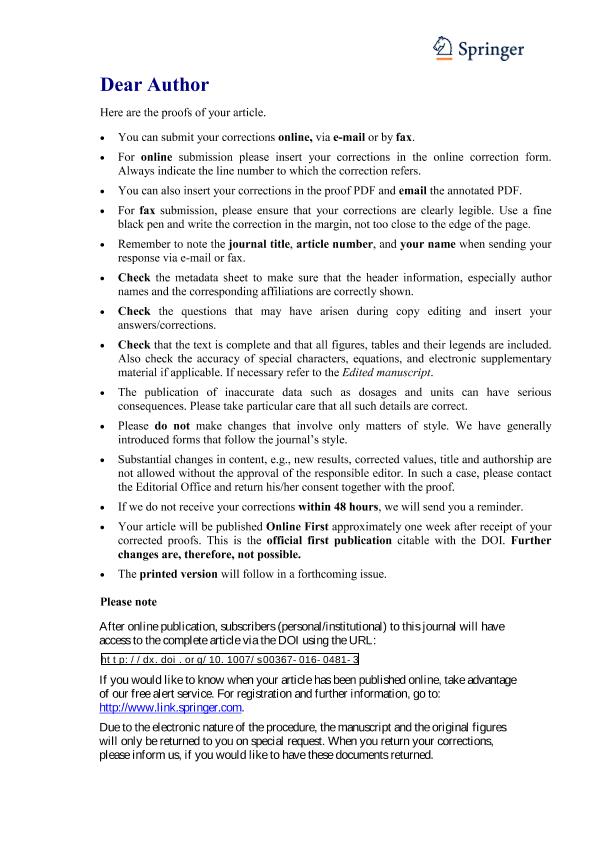Artículo
Sequential development of tidal ravinement surfaces in macro- to hypertidal estuaries with high volcaniclastic input: the Miocene Puerto Madryn Formation (Patagonia, Argentina)
Fecha de publicación:
12/2016
Editorial:
Springer
Revista:
Geo-marine Letters
ISSN:
0276-0460
e-ISSN:
1432-1157
Idioma:
Inglés
Tipo de recurso:
Artículo publicado
Clasificación temática:
Resumen
The late Miocene beds of the Puerto Madryn Formation (Provincia del Chubut, Argentina) are formed by shallow marine and estuarine sediments. The latter include several tidal-channel infills well exposed on the cliffy coast of the Peninsula Valdés. The Bahía Punta Fósil and Cerro Olazábal paleochannels are end members of these tidal channels and show a fining-upward infilling starting with intraformational channel lag conglomerates above deeply erosional surfaces interpreted as fluvial ravinement surfaces (the erosion surface formed in the purely fluvial or the fluvially dominated part of the estuary, where erosion is driven by fluvial processes). These are overlain and eventually truncated (and suppressed) by the tidal ravinement surface (TRS), in turn covered with high-energy, bioclastic conglomerates mostly formed in the “tidally dominated/fluvially influenced” part of an estuary. Above, large straight or arcuate point bars with alternatively sandy/muddy seasonal beds and varying trace and body fossil contents were deposited from the freshwater fluvially dominated to saline-water tidally dominated part of the estuary. The upper channel infill is formed by cross-bedded sands with mud drapes and seaward-directed paleocurrents, together with barren, volcaniclastic sandy to muddy heterolithic seasonal rhythmites, both deposited in the fluvially dominated part of the estuary. Volcanic ash driven by the rivers after large explosive volcanic eruptions on land resulted in sedimentation rates as high as 0.9 m per year, preserving (through burial) the morphology of tidal channels and TRSs. The channel deposits were formed in a tide-dominated, macrotidal to hypertidal open estuary with well-developed TRSs resulting from strong tidal currents deeply scouring into the transgressive filling of the channels and eventually cutting the fluvial ravinement surface. The TRSs extended upstream to the inner part of the estuary during long periods of low sedimentation rates, extended channel migration and sediment bypass, interrupted by transient, high volcaniclastic input. The tidal channels of the Puerto Madryn Formation constitute a unique example of estuary sedimentation with pulsed sediment supply in a macrotidal to hypertidal estuary.
Palabras clave:
Miocene
,
Patagonia
,
Sediments
,
Tidal Sedimentation
,
Estuary
Archivos asociados
Licencia
Identificadores
Colecciones
Articulos(IGEBA)
Articulos de INSTITUTO DE GEOCIENCIAS BASICAS, APLICADAS Y AMBIENTALES DE BS. AS
Articulos de INSTITUTO DE GEOCIENCIAS BASICAS, APLICADAS Y AMBIENTALES DE BS. AS
Citación
Scasso, Roberto Adrian; Cuitiño, José Ignacio; Sequential development of tidal ravinement surfaces in macro- to hypertidal estuaries with high volcaniclastic input: the Miocene Puerto Madryn Formation (Patagonia, Argentina); Springer; Geo-marine Letters; 12-2016; 1-14
Compartir
Altmétricas




